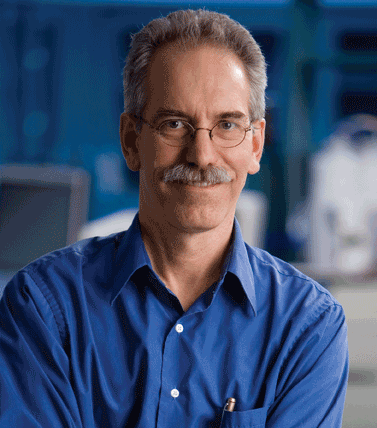 The Penn State Institutes of Energy and the Environment (PSIEE) was established to coordinate energy and environmental research at Penn State. PSIEE was initially launched as the Penn State Institutes of the Environment. In 2006, the current name was adopted and the focus broadened to incorporate energy. PSIEE is affiliated with all major colleges across the University that are involved in energy and environmental teaching, reasearch and outreach as well as various institutes and centers within those colleges.
The Penn State Institutes of Energy and the Environment (PSIEE) was established to coordinate energy and environmental research at Penn State. PSIEE was initially launched as the Penn State Institutes of the Environment. In 2006, the current name was adopted and the focus broadened to incorporate energy. PSIEE is affiliated with all major colleges across the University that are involved in energy and environmental teaching, reasearch and outreach as well as various institutes and centers within those colleges.
 Talking with Tom Richard
Talking with Tom Richard
As the director of the Penn State Institutes of Energy and the Environment (PSIEE), Tom Richard shares some insights into the origin of PSIEE and how it has evolved.
When was PSIEE established and why?
Environmental activity goes back a long way on campus. In the early1960s, a number of centers started to come together. In 1972 they got a common home in the Land and Water Research Building, where PSIEE resides today. When Graham Spanier came to Penn State, he focused on university-wide interdisciplinary institutes, mandated to encourage cross-college collaborations and provide a common interface for internal and external stakeholders. PSIEE’s mission is to coordinate and facilitate that cross-university activity and work with centers that don’t have a College home.
How did PSIEE evolve to incorporate energy?
In 2006, inspired by some visionary thinking in the College of Earth and Mineral Sciences (EMS), Eva Pell charged an Energy Task Force, consisting of energy experts from Penn State, with the task of determining the best way to strengthen current energy science, policy and engineering programs and invest in new areas. There was also the question of whether we should create a new Institute for energy or combine it with the current environmental institute. Since many energy issues have environmental dimensions and vice versa, the choice was made to combine them.
A benefit of combining energy and the environment into one institute structure is that we can look at these issues comprehensively, since we don’t solve energy problems in an isolated way. One of the challenges with energy in the next 20 years is that, while we clearly have lots of energy resources available, there are concerns about the environmental impact using these resources will have. For example coal and nuclear power both have environmental concerns associated with them, and in the last two years we have learned that even some renewables like wind and biomass are not immune.
What kind of relationship does PSIEE have with the EMS Energy Institute and the umbrella organizations?
PSIEE exists to make sure there is a real coordinated effort on and off campus in order to take advantage of our strengths. Some of our activities include coordinating tours, alliances, speakers and opportunities to present work away from campus; facilitating collaborations on research between the individual colleges; assisting the colleges with the hiring or co-hiring of new positions; and overseeing facility collaborations around the units within PSIEE.
A recent example of how PSIEE and the EMS Energy Institute work together was the establishment of the major research alliance with Chevron Energy Technology Company to research coal conversion technologies.
What do you anticipate the future holds for PSIEE?
Clearly, Penn State is recognized as a leading university in the areas of energy and the environment. There is a lot that we’re doing already so the challenge is in growing the program, finding the right people, and improving the quality of space and facilities. In addition, our educational programs are strong but they are still evolving.
Penn State has an organized structure to deal with interdisciplinary collaborations, which other universities envy, but we have to work to make it seamless and to make sure the connections are strong and robust. Penn State really has what I see as a step forward in solving these challenges, perhaps the most important challenges for this next century.

